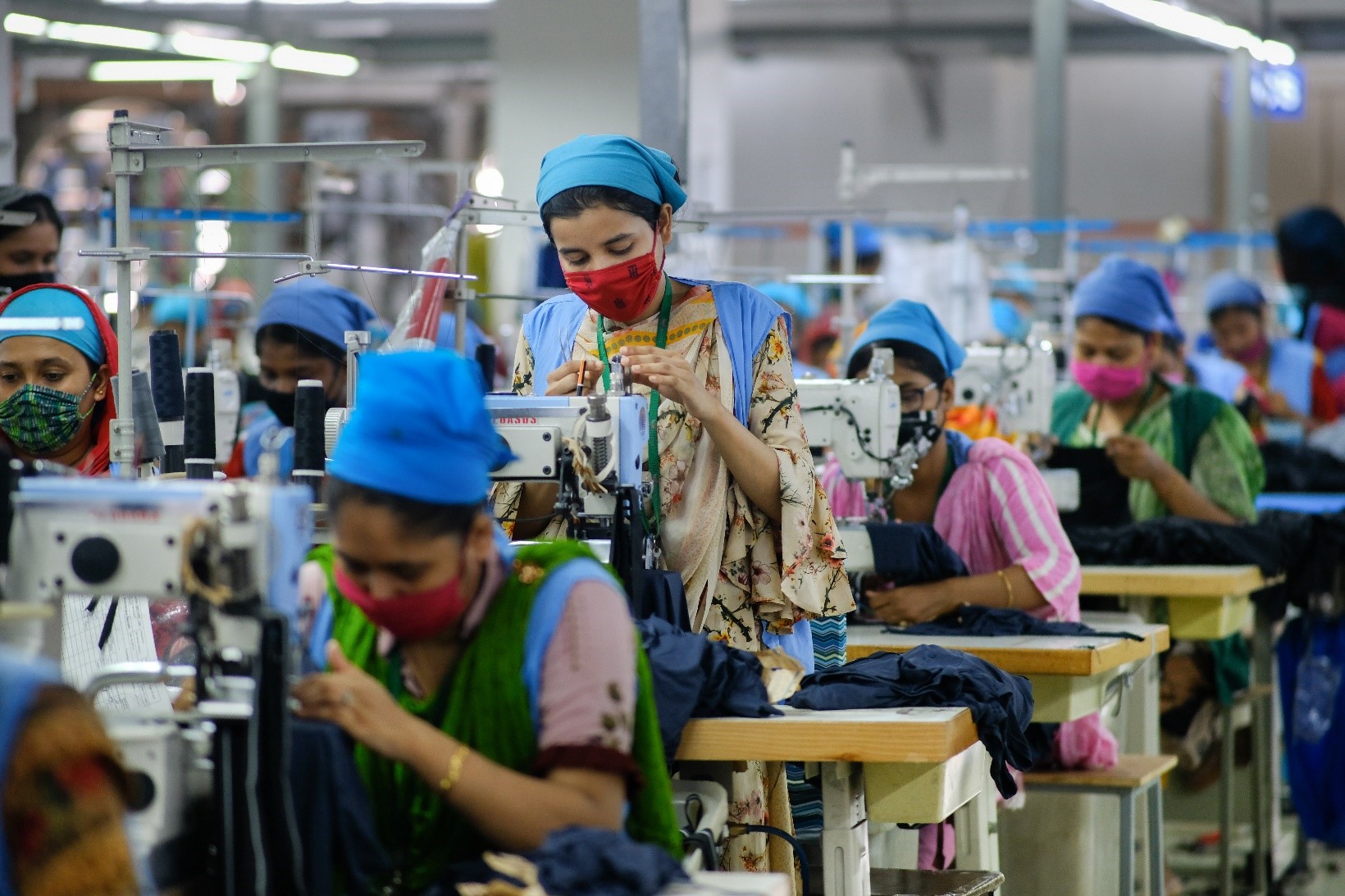World Day for Safety and Health at Work, April 28, 2025
Each year on April 28, World Day for Safety and Health at Work is recognized by a wide range of organizations committed to workplace safety, labor rights and worker well-being, such as the UN’s International Labour Organization, NGO’s, academia and industry associations. This year, the theme is on how digital technologies and artificial intelligence are transforming the landscape of occupational safety and health (OSH).
At Nirapon, we recognize the growing potential of technology to transform how factories identify and respond to risks in their workplace. As an industry-led nonprofit organization we support factories, workers, and international stakeholders in building a culture of workplace safety. We work with partners to develop a clear and consistent approach based on information we receive from factories. Our method encourages preventive actions, guided by data and built on strong collaboration. We promote safety management systems, educational programming and a worker helpline as the foundation for this culture. Technology can be a powerful enabler – offering to help factories in such ways as real-time alerts, digital training support and data-driven risk assessments to name a few.
In Bangladesh, rising factory temperatures due to climate change are already impacting worker safety. Overheated environments can contribute to worker fatigue and stress, increasing the likelihood of errors and incidents. In some cases, these conditions may strain electrical systems – based on our own internal findings, we continue to see electrical hazards as the most commonly identified risk, underscoring the importance of tools that can detect system failures early and help prevent fires and other serious incidents.
Addressing these challenges requires integrating occupational safety and health (OSH) considerations into climate policies – and vice versa. This integration ensures that as climate hazards evolve, workplace safety measures adapt accordingly. Collaborative efforts between governments, employers, and workers are essential to developing and implementing policies that protect workers in a changing climate.
We’re exploring opportunities to incorporate advanced tools such as predictive analytics and AI-driven behavior detection by using patterns in data to spot risks before they become problems to further enhance safety. For example, camera data could be used to identify unsafe behaviors like the improper use of PPE, while analyzing historical maintenance records could help predict equipment failures before they occur, or the addition of smart lighting for efficient evacuations – all scaled up to track and mitigate risks more effectively. These are questions we’re beginning to ask, and ones we hope to explore further with the support of new expertise and deeper data insights.
On this World Day for Safety and Health at Work, Nirapon reaffirms its dedication to worker safety and health through partnerships that advance worker and workplace safety.
Photo credit: Mahmud Hossain Opu

